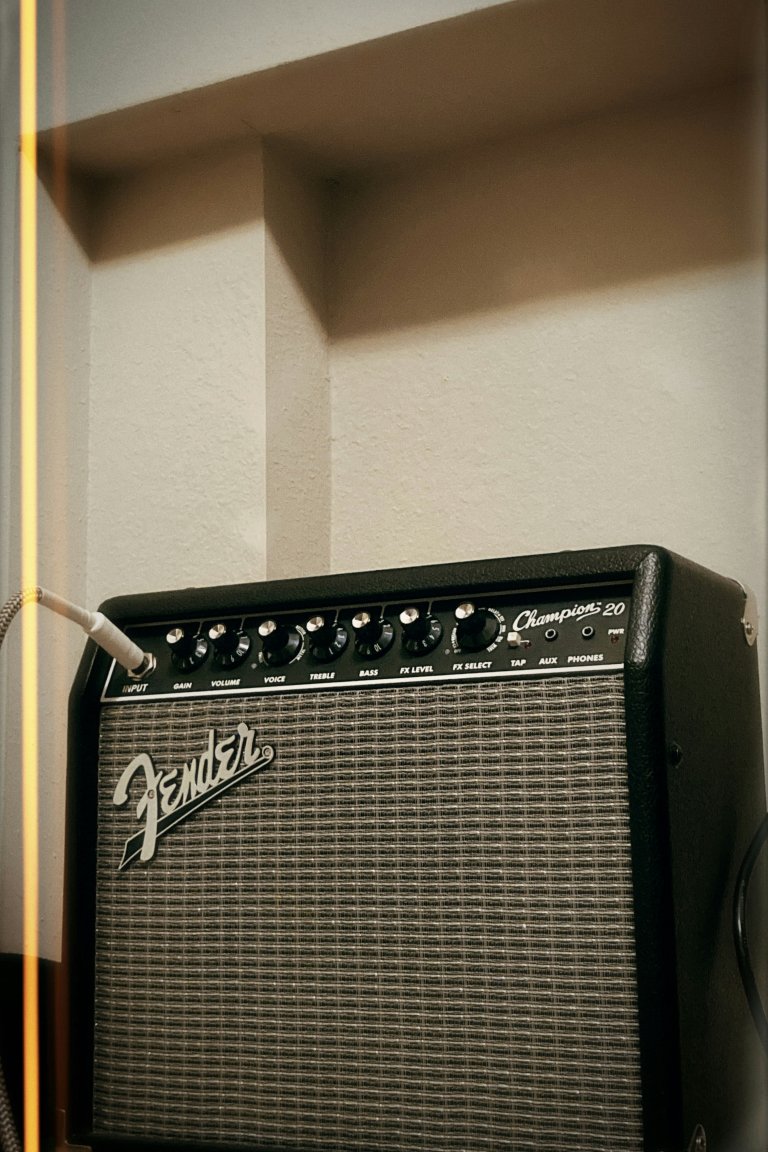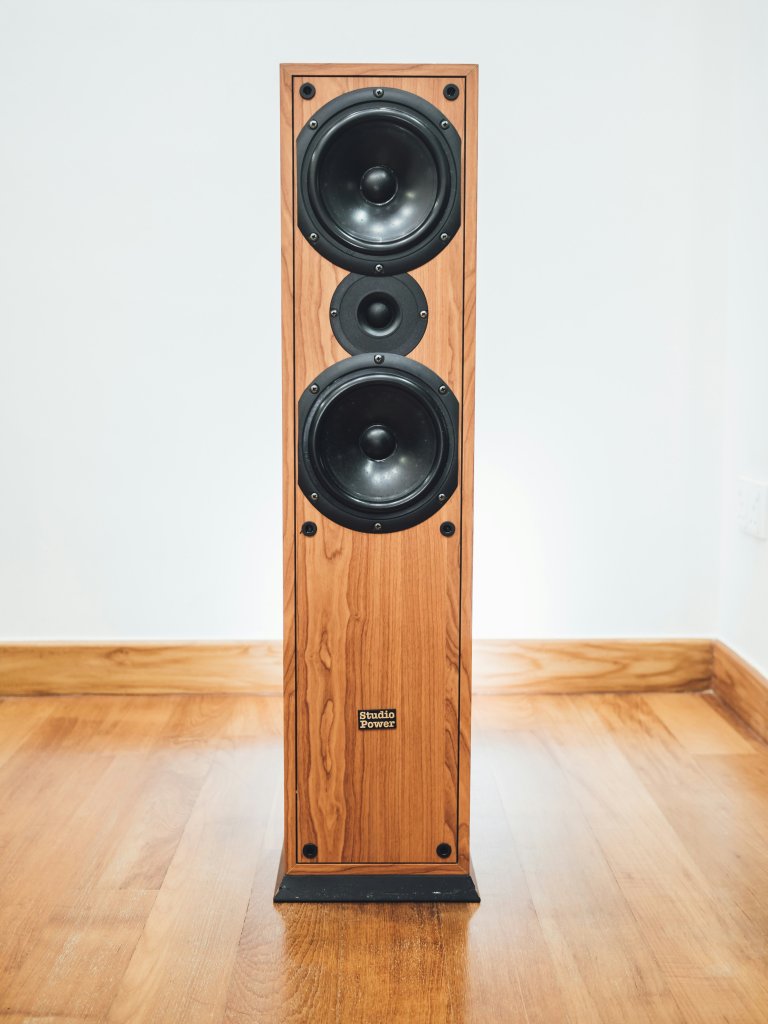Intricate Details of In Wall Speakers
In wall speakers are a popular choice for home audio systems due to their discreet and space-saving design. These speakers are installed directly into the wall and are nearly invisible, providing a seamless look to any room. However, their small and unobtrusive appearance should not be mistaken for lack of quality. In wall speakers offer impressive sound performance and come with intricate details that contribute to their overall functionality. In this article, we will explore these details and understand why in wall speakers make a great addition to any home audio system.
The Importance of Enclosures
One of the key elements that contribute to the sound quality of in wall speakers is their enclosures. An enclosure is the box-like structure that houses the speaker components, such as the woofer and tweeter. In wall speakers are different from traditional speakers in that they do not have a free-standing cabinet to house these components. Instead, their enclosures are built into the wall itself. This difference plays a significant role in the sound produced by in wall speakers.
The size, shape, and material of the enclosure greatly impact the sound quality. A well-designed enclosure can reduce distortion and resonance, resulting in clearer and more accurate sound reproduction. In wall speakers are available with both sealed and ported enclosures, making it easier to find a speaker that fits your specific audio needs.
The Power of Crossovers
In order for a speaker to produce high-quality sound, it needs to be able to differentiate between different frequencies. This is where crossovers come into play. Crossovers are electronic circuits that divide the audio signal into different frequency ranges, directing them to the appropriate speaker component. In wall speakers typically come with a built-in crossover, ensuring that the woofer and tweeter receive the right frequencies to produce the best sound possible.
The quality of the crossover greatly affects the overall sound performance of in wall speakers. High-quality crossovers are designed to minimize distortion and allow for a smoother transition between frequencies. This results in a more detailed and accurate sound, something that audiophiles greatly appreciate.
The Role of Drivers
The drivers are the actual components of the speaker that produce the sound waves. In wall speakers typically come with two types of drivers: woofers and tweeters. The woofer produces low frequencies, while the tweeter is responsible for high frequencies. Both of these drivers play an important role in creating a well-balanced sound.
In wall speakers come in various sizes, and the size of the driver greatly impacts its performance. Larger drivers tend to produce more powerful bass, while smaller drivers are better suited for high frequencies. The number of drivers in a speaker can also affect the sound produced. In wall speakers with multiple drivers can offer a wider frequency range and a more detailed sound.
The Importance of Materials
The materials used in the construction of in wall speakers are crucial to their sound quality. The enclosure, drivers, and even the grille all contribute to the overall sound performance. For example, high-quality enclosures are often made with thicker and more rigid materials, reducing sound leakage and resulting in a more accurate sound.
Drivers also benefit from high-quality materials. Tweeters made from soft materials, such as silk or synthetic fabrics, produce smoother and more natural high frequencies. On the other hand, woofers made from stiff materials, like aluminum or titanium, can deliver powerful and precise bass. The choice of materials ultimately depends on personal preference and the desired sound profile.
The Role of Installation
While in wall speakers are designed to be installed directly into the wall, proper installation is crucial to achieving optimal sound performance. It is important to follow the manufacturer’s instructions and ensure that the speakers are securely mounted. Improper installation can lead to sound distortion and resonance, negatively impacting the sound quality.
Additionally, the placement of the speakers is also important. In wall speakers should be installed at the same height and positioned at an equal distance from the listening area for a balanced sound. Ideally, they should also be placed away from any corners or shelves that may cause reflection or interference with the sound waves.
In Conclusion
In wall speakers are more than just a discreet addition to a home audio system. They offer exceptional sound quality and come with intricate details that contribute to their overall performance. From enclosures to drivers to installation, every aspect of in wall speakers plays a role in creating a detailed and accurate sound. Whether you are an audiophile or simply looking for a space-saving audio solution, in wall speakers are a great choice that should not be overlooked.


